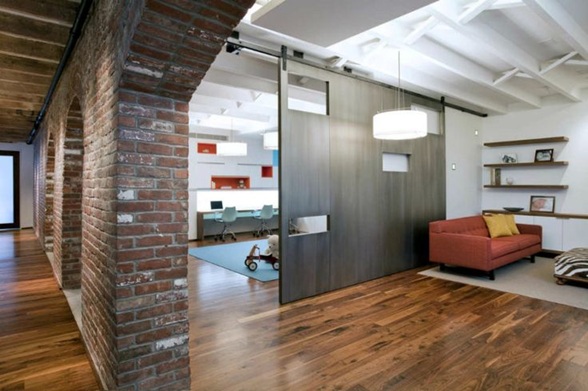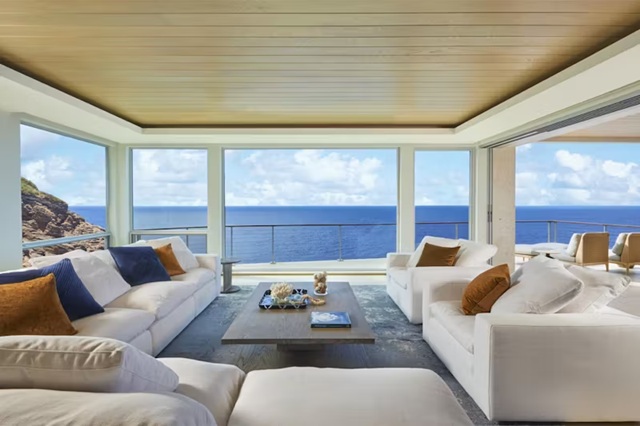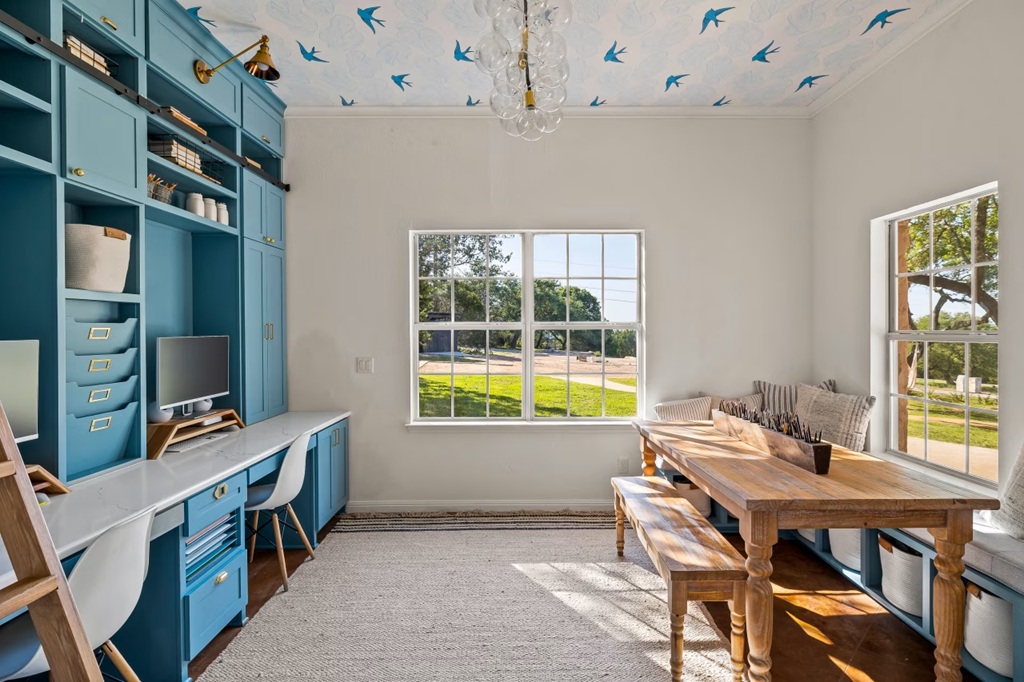In a world where living spaces are shrinking and design demands are growing, rotating walls are quietly rewriting the rules of interior architecture. These pivoting or swivel-enabled structures can shift, reveal, conceal, and even redefine entire rooms in seconds—offering a modern solution to the demand for flexibility without permanent renovation.
What Are Rotating Walls?
Rotating walls, also known as pivoting panels or kinetic partitions, are wall sections designed to rotate on a fixed axis—usually around a vertical or horizontal pivot point. They range from simple manually operated versions to motorized walls integrated with smart home systems. The primary goal is to transform space functionally and visually without adding square footage.
Materials used often include lightweight engineered wood, metal frames, glass inserts, and even fabric panels. These walls can span from floor to ceiling or exist as partial dividers depending on use.
From Static to Dynamic: The Evolution
Traditional interior design relied on fixed layouts. Sliding doors and room dividers were the first step toward adaptable design, but rotating walls pushed the concept further. Originally tested in exhibitions and boutique hotels, their success in compact urban homes and creative studios has now brought them into mainstream interest.
How Rotating Walls Function
The mechanism typically uses central pivots, concealed bearings, or floor-to-ceiling tracks. Some models allow 90° or 180° turns, while more advanced systems can complete a 360° rotation. Motorized options can be controlled via wall switches, remote, or mobile apps. These systems are designed with safety in mind, often including motion sensors or soft-stop functions to prevent accidents.
Space Optimization in Action
One of the strongest appeals of rotating walls is their ability to compress multiple room functions into a single footprint. In a studio apartment, a rotating wall might serve as a bookshelf on one side and a fold-out bed on the other. A quick turn at night converts a living room into a bedroom.
Some configurations rotate in a TV on one side and workspace or cabinetry on the reverse. This duality supports modern needs for hybrid living—where your living room, office, and gym may all occupy the same square footage.
Creative and Aesthetic Transformation

Beyond function, rotating walls can enhance a room’s visual dynamics. A wall painted with matte black on one side and a mirror panel on the other creates instant mood contrast. Others use one surface for art and the reverse for practical use like whiteboards or chalk paint for brainstorming zones.
Architects have begun experimenting with dual-sided walls incorporating planters, LED lighting strips, acoustic foam, or textured finishes, allowing the space to feel completely new with a single flip.
Where They Work Best
Residential: Urban apartments, open-plan homes, children’s rooms that double as play areas or study zones.
Commercial: Offices that need private meeting spaces without building permanent structures. Retail stores that want to change visual merchandising layouts quickly.
Hospitality: Boutique hotels that combine compact luxury with function—such as rotating walls between beds and bathtubs or lounge areas.
Design Innovation and Integration
Rotating wall systems are now available in modular kits for easier installation. Some use aluminum or carbon fiber cores for lighter structure and better durability. Custom options allow integration of lighting, ventilation, or embedded smart tech like voice-activated rotation and lock control.
More experimental designs feature curved rotating walls, allowing organic division of space without harsh lines.
Practical Concerns and Limitations
Installation demands careful planning—rotating walls require floor and ceiling support, wall anchoring, and clearance space for movement. The cost can vary significantly depending on materials and tech involved. While they provide visual separation, soundproofing may still be limited unless additional insulation is added.
Maintenance is relatively low, though rotating mechanisms may need occasional lubrication or realignment.
Smart Features and Automation
Tech-savvy users can integrate rotating walls with home automation systems. This allows voice commands, remote scheduling, or motion-sensor-based activation. Some systems store position presets to switch layouts with one command.
Security options like auto-locking when not in use or during night hours add an extra layer of practicality, especially in family homes.
Eco-Friendly and Sustainable Design
With modular rotating walls, there’s less need for new drywall construction or demolition during redesigns. Many are made using FSC-certified wood, recycled metal frames, or non-toxic finishes. Their longevity also reduces the need for remodeling, which contributes to lower construction waste over time.
Looking Ahead
As smart homes and micro-living continue to rise, rotating walls are set to become a staple in future-ready architecture. From adaptive school classrooms to transforming work-from-home spaces, they are not just novelties—they are structural problem solvers.
Whether you want to hide a messy zone before guests arrive or switch your lounge into a meditation pod, rotating walls are making room transformation as easy as a turn.









Comments